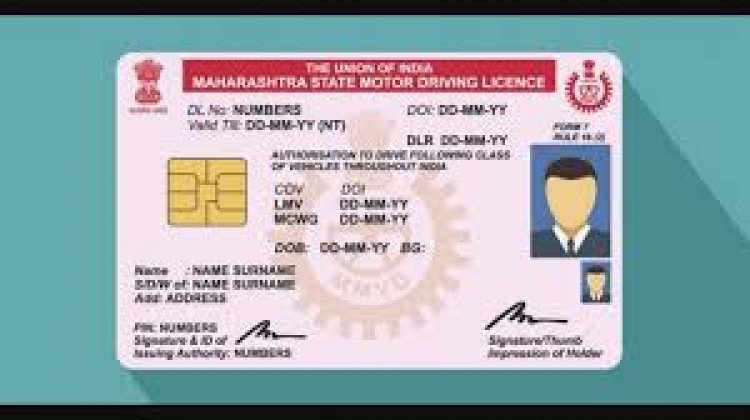Driving Licence Card Validation in PHP: Ensuring Accuracy and Security
Driving Licence Card Validation in PHP: Ensuring Accuracy and Security

Driving Licence Card Validation in PHP: Ensuring Accuracy and Security
Driving Licence is an essential identity document issued by the government that permits individuals to operate a motor vehicle on public roads. It contains critical information about the driver, such as name, address, date of birth, licence number, and vehicle class. It is essential to ensure the accuracy and security of the information contained in the driving licence to prevent fraud and ensure road safety.
In this article, we will discuss how to validate driving licence information using PHP programming language, which is widely used for web development.
What is Driving Licence Card Validation?
Driving licence card validation is the process of verifying the authenticity of the driving licence information. It involves checking whether the driving licence number, name, date of birth, and other details are valid and accurate. Driving licence card validation is crucial to prevent fraud and ensure that the benefits of driving licence reach the intended beneficiaries.
Why is Driving Licence Card Validation Important?
Driving licence card validation is essential for the following reasons:
-
Prevents Fraud: Driving licence card validation ensures that only valid and accurate driving licence information is used for various purposes, such as renting a car, buying a vehicle, or obtaining insurance. This helps prevent fraud and identity theft.
-
Ensures Accuracy: Driving licence card validation helps ensure the accuracy of the information contained in the driving licence. It ensures that the information matches the records of the government agency responsible for issuing driving licences.
-
Ensures Safety: Driving licence card validation helps ensure road safety by ensuring that only licensed and authorized individuals are permitted to operate a motor vehicle on public roads.
How to Validate Driving Licence Information using PHP?
Validating driving licence information using PHP is a simple process. It involves the following steps:
Step 1: Obtain driving licence information from the user
The first step is to obtain the driving licence information from the user. This can be done using an HTML form that collects the driving licence number, name, date of birth, and other details.
Step 2: Validate the driving licence number
The driving licence number is a unique alphanumeric code assigned to each driver. To validate the driving licence number using PHP, you can use the following regular expression:
$pattern = '/^[A-Z]{2}-[0-9]{13}$/';
This regular expression checks whether the driving licence number is in the correct format, i.e., it starts with two alphabets, followed by a hyphen, and 13 digits.
Step 3: Validate the name
The name on the driving licence must match the name of the user. To validate the name using PHP, you can use the following regular expression:
$pattern = '/^[a-zA-Z\s]+$/';
This regular expression checks whether the name contains only alphabets and spaces.
Step 4: Validate the date of birth
The date of birth on the driving licence must match the date of birth of the user. To validate the date of birth using PHP, you can use the following code:
$date_of_birth = '01-01-1990'; // replace with user input $valid_date = date('d-m-Y', strtotime($date_of_birth)); $current_date = date('d-m-Y'); if ($valid_date < $current_date) { // date of birth is valid } else { // date of birth is invalid }
Step 5: Validate the vehicle class
The vehicle class on the driving licence must match the vehicle class of the vehicle the driver intends to operate. To validate the vehicle class using PHP, you can use the following code:
$vehicle_class = 'LMV'; // replace with user input $valid_classes = array('LMV', 'LMV-NT', 'MCWG', 'LMV-NT-CAB', 'LM'
);

 user-pcr
user-pcr 














